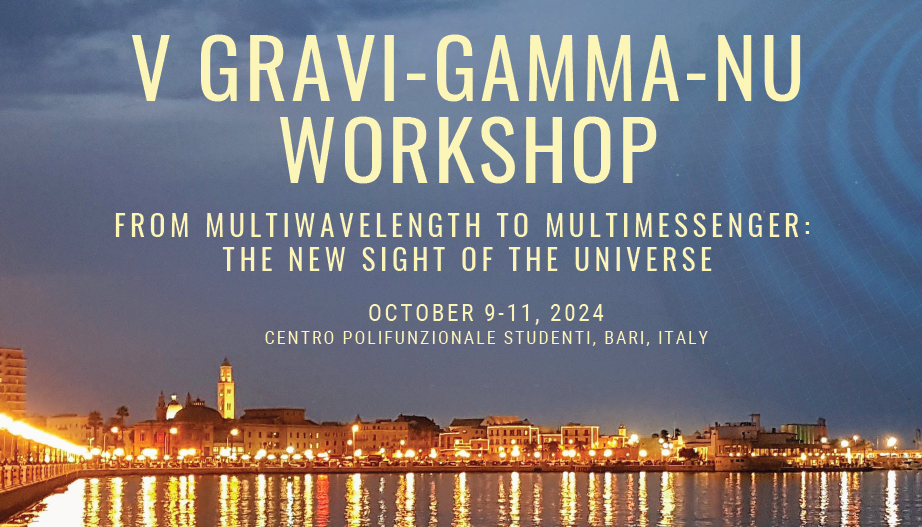Speaker
Description
Pulsar Timing Array (PTA) experiments use well-timed pulsars to probe the gravitational universe at frequencies down to a few nanohertz. This band is populated by gravitational waves emitted by binary systems of supermassive black holes (SMBHBs). The most common signal sought by PTA experiments is a stochastic gravitational wave background generated by the superposition of hundreds of thousands of these waves arriving from a large population of SMBHBs. However, it is very likely that we will be able to detect one or more nearby and massive binaries as singularly resolved sources. By analysing realistic simulations of PTA datasets, I have compared the performance of different single-source models in reconstructing the parameters of the binary. The performance of the best model is also tested in the case where the resolved source is present on top of a stochastic background, which is the most likely scenario for single source detection. In particular, I will discuss possible biases in the sky localisation of the source and the possibility of constraining the binary's luminosity distance and chirp mass, which are key parameters in the search for the resolved system's electromagnetic counterpart.

